Morphogen Nutrition, led by formulator Ben Hartman, has earned its reputation as a star in the supplement industry with cutting-edge products. Their training formulas like AlphaGen pre-workout, Synthegen intra-workout, and Hydragen hydration supplement are highly regarded by serious athletes.
In addition, their health formulas, conceived with equal rigor, emphasize overall wellness with a focus on crucial organs and mission-critical systems. We recently wrote about Ben's personal journey of formulating Morphogen PRIME for his father, an amazing story that exemplifies both the passion and scientific seriousness Morphogen brings to the table.
Introducing Morphogen KIDNEY – Advanced Renal Protection
Kidney health is not something the supplement industry typically pays much attention to. We could easily count on one hand the number of times we've written about a kidney health formula, but we're not sure why – your kidneys are your body's blood filtration mechanism, and thus unbelievably important for long-term health and wellness.
As we'll see, many things we're constantly discussing on the PricePlow blog, like inflammation, poor glycemic control, blood pressure and oxidative stress, play a major role in the onset and severity of kidney disease. Fortunately Morphogen Nutrition KIDNEY is chock full of ingredients that can help us with all of the above.
It was formerly known as "Nephrogen", but has been updated in 2023. Let's get into it, but first, check the PricePlow news and deals:
Morphogen Nutrition KIDNEY – Deals and Price Drop Alerts
Get Price Alerts
No spam, no scams.
Disclosure: PricePlow relies on pricing from stores with which we have a business relationship. We work hard to keep pricing current, but you may find a better offer.
Posts are sponsored in part by the retailers and/or brands listed on this page.
Morphogen KIDNEY Ingredients
In a single 4 capsule serving of KIDNEY from Morphogen, you get the following:
-
Cranberry extract (Vaccinium macrocarpon) (fruit) (10:1) – 400 mg
Cranberry juice has been shown in some studies to reduce an individual's relative supersaturation risk (RSR) for certain types of kidney stone – namely, brushite stones[1,2] and struvite stones.[2]
However, when it comes to uric acid and calcium oxalate stones, the other two types of kidney stone, the evidence is mixed. One study from 2003 found that cranberry juice can decrease your RSR for these stones,[3] while a 2020 research review concluded that it can increase that risk.[4]
More research is needed to know for sure, but theoretically, it could be the case that cranberry juice increases the risk for some types of kidney stones while decreasing it for others. This is due to the fact that cranberry juice is highly acidic, which can discourage the formation of brushite and struvite stones,[4] but encourage the risk of calcium oxalate and uric acid stones.[1,5]
Cranberry juice also contains a large amount of oxalates, which can encourage the formation of calcium oxalate stones.[6]
Bottom line? It depends on what kind of stone you're prone to getting. It could be the case that cranberry juice decreases your risk for all four types of kidney stone – but as of now, we would say to avoid cranberry juice if you're prone to calcium oxalate and/or uric acid stones, but consider using it if brushite stones and struvite stones are your issue. As always, ask your doctor if you aren't sure whether cranberry juice is right for you, especially if you already have clinical kidney disease.
Can help prevent Urinary Tract Infections (UTIs)
However where cranberry juice really shines is in helping manage or prevent urinary tract infections (UTIs) from affecting your kidneys. That's because the specific polyphenols in cranberry juice have been shown to prevent pathogenic bacteria from adhering to uroepithelial cells.[7] That can make it easier for your body to flush out those pathogens when you urinate.
-
Goldenrod powder (Solidago virgaurea) (root) – 400 mg
Goldenrod refers to a genus of plants – Solidago – that have long been used in traditional folk medicine. While various species of Solidago have been cultivated for medicinal purposes around the world, S. virgaurea has historically been confined to Europe and Asia.[8,9]
The plant is a great source of powerful bioactive constituents like saponins, quercetin, and kaempferol,[10] all of which we've covered many times before on the PricePlow blog. One important thing these bioactive constituents have in common is their anti-inflammatory activity, so it's no surprise that goldenrod supplementation has been shown to significantly reduce inflammation as well.[11] This is important because inflammation can negatively affect almost every aspect of health, and kidney health is no exception – chronic inflammation has been identified as both a risk factor for the onset of kidney disease,[12] and for the worsening of existing kidney disease.[13]
More directly, though, goldenrod has been recognized by the EU's European Medicines Agency (EMA) as having a considerable diuretic effect, which can help flush out potentially harmful bacteria from the urinary tract.[14] This can be particularly useful in combination with the anti-bacterial polyphenols of the cranberry juice – cranberry juice prevents the bacteria from adhering, while the increased urinary output from goldenrod flushes them even faster.
-
ALA (Alpha Lipoic Acid) – 300 mg
You've probably heard that blood glucose is a crucial factor in kidney health, and that diabetics' kidney function is often so compromised as to require regular dialysis.[15]
Alpha lipoic acid (ALA) is a powerful anti-diabetic compound that can help protect your kidneys from the effects of elevated blood glucose. In a rat model of type 2 diabetes, ALA was shown to help prevent some of the structural and functional changes associated with the condition.[16]
The rat study also found that ALA improved kidney function above baseline in healthy control rats,[16] which is probably more relevant for most of us. Unfortunately, aging itself is a risk factor for kidney dysfunction – insulin sensitivity and blood glucose control get worse as we get older.[17]
Partly because of this age-related metabolic derangement, the baseline oxidative stress and inflammation in our kidney tissue increases as we age, and kidney function declines.[18,19] Aging kidney tissue is characterized by increased lipid peroxidation and mitochondrial dysfunction, and decreased levels of endogenous antioxidants, like superoxide dismutase, catalase, glutathione peroxidase – all of which can be restored by ALA supplementation.[20-22]
A 2023 research review identified several mechanisms by which ALA can protect and enhance kidney function.[23]
A 2023 research review concluded that ALA can help protect kidneys from injury by:[23]
-
- Diabetic Nephropathy
- Sepsis
- Renal Ischemic Reperfusion
- Unilateral Ureteral Obstruction (UUO)-Induced Kidney Injury
- Cisplatin-Induced Nephrotoxicity
- Folic Acid-Induced Nephrotoxicity
- Cadmium-Induced Nephrotoxicity
- Iron-Induced Acute Kidney Injury
ALA may also help protect kidneys from being injured by high blood pressure,[24] and as we'll stress a few times throughout this article, kidney health and healthy blood pressure are highly correlated with each other. Anyone reading this article should do what's necessary to keep blood pressure under control, and reduce the damage from it as much as possible.
-
-
Astragalus powder (Astragalus membranaceus) (root) (std. min. 10% Astragaloside IV) – 250 mg
Astragalus is an adaptogenic herb, rich in flavonoids, saponins, and alkaloids,[25] that has long been one of the primary treatments for kidney disease in traditional Chinese medicine (TCM).[26]
Built with love: Morphogen Nutrition Prime was created due to Ben Hartman's personal story - see it in our Prime article linked above.
Besides having anti-inflammatory, anti-oxidant, and anti-aging effects,[25] astrasgalus has also been shown to increase glomerular filtration rate (GFR),[27,28] the rate at which your blood is filtered each minute.
For example, in a 2012 study where 15 patients with stage 4 kidney disease (CKD) supplemented with astragalus, 3 months of treatment with the herb improved their average GFR from 16.7 to 18.6[28] – an 11% increase! Moreover, the effect was fairly persistent, with average GFR still at 17.8 six months after the treatment was discontinued.[28]
A 2023 animal study found similar results. In this study, rats were divided into four groups – 1) a CKD group, which received no treatment, 2) CKD with low-dose astragalus (AR400), 3) CKD with high-dose astragalus (AR800), and 4) the sham group, which was never operated on.[27]
The sham group was operated on, without any kidney tissue being removed, meaning this group served as the healthy controls. The other three groups consisted of rats that had been subjected to ⅚ nephrectomy, meaning their kidney function was reduced by five sixths. Specifically, they had two thirds of one kidney removed when they were seven weeks old, and had the other kidney entirely removed one week later.[27]
Treatment started when the rats were 10 weeks old, and continued until week 14, at which point the researchers assessed each group's kidney function compared to their week 10 baseline.[27]
Nephrectomized rats who got astragalus had much better blood pressure, creatinine clearance, and urinary function than a nephrectomized control group.[27]
Kidney function and blood pressure are tightly linked, so it's remarkable to note that the nephrectomized rats who received astragalus had an average blood pressure roughly equivalent to the healthy control group. The nephrectomized CKD group, on the other had, saw a massive increase in BP as their untreated kidney disease progressed.[27]
-
Andrographis extract (Andrographis paniculata) (herb) (10:1) – 200 mg
Andrographis is found in tropical and subtropical Asia, where it's sometimes referred to as the "king of the bitters" thanks to its incredible health benefits. It's long been used as a traditional remedy in several Asian countries, where it's understood to be of benefit in conditions ranging from the common cold to respiratory infections to urinary tract infections, liver diseases, and everything in between.[29,30]
Morphogen Nutrition CALM is a premium stress-relief supplement, and the first to use RhodioPrime 6X in this type of an application!
Andrographis naturally contains high levels of important bioactive constituents like diterpenoids, flavonoids, and polyphenols. The primary bioactive constituent of andrographis, andrographolide, has been identified as a potent anti-oxidant and anti-inflammatory compound. Studies show that thanks to these, it's particularly good at optimizing immune function.[29,31]
Andrographis has been shown in several studies to increase the body's number of T cells and T helper cells, as well as modulating the immune response in a favorable manner.[32,33]
In one 2009 study, rats were divided into normal control, a control group which received only gentamicin, and an andrographis group, which received gentamicin along with andrographis. Gentamicin is a kidney toxin, so the researchers wanted to see whether andrographis administration could prevent it from injuring the rats' kidneys.[34]
Andrographis administration significantly decreased the extent to which gentamicin injured the rats' kidneys, bringing the kidney function of gentamicin-treated rats almost in line with healthy controls.[34]
The results were striking – while the creatinine, serum urea, and blood urea nitrogen levels of gentamicin-treated rats rose by 176.92%, 106.27%, and 202.90%, respectively, the gentamicin+andrographis rats saw increases of only 19.9%, 15.6%, and 38.7%.[34] These values mean the gentamicin+andrographis group was much closer in kidney function to the normal rats than it was to the gentamicin group.[34]
Another rat study found that andrographis has a significant anti-diabetic effect, which, as we discussed earlier, can definitely help support kidney health.[35]
There's a lot more we can say about this ingredient, and it's been very useful for the immunity crisis of this decade. However, in terms of renal health, the above studies are the ones worth focusing on. It's a great ingredient that more people should know about -- and those are the kinds of ingredients that Ben Hartman is best known for finding!
-
Grape Seed extract (Vitis vinifera L.) (seed) (std. min. 95% proanthocyanidin) – 150 mg
Grape seed extract is rich in phenolic acids, flavonoids, and most importantly, proanthocyanidins.[36]
Proanthocyanidins are a type of polyphenol, with documented antioxidant, antidiabetic, anticancer, antimicrobial, antitumor, immunomodulatory, anti-inflammatory, cardioprotective, and neuroprotective effects.[36]
By triggering vasodilation through increased nitric oxide (NO) synthesis, proanthocyanidins can help reduce blood pressure,[36] which can have an indirectly beneficial effect on kidney function.
High-dose grape seed extract (GSE) can potentially improve kidney symptoms – more research is needed.[37]
One study in human chronic kidney disease (CKD) patients found that high-dose GSE supplementation can improve several parameters of kidney function, including the all-important glomerular filtration rate (GFR).[37]
Another, similar study found that grape seed flour (GSF) supplementation can improve GFR, proteinuria, blood pressure, oxidative stress and inflammation.[38]
A study in rats found that GSE can help protect kidneys from reperfusion injury.[32]
-
Resveratrol (from Japanese Knotweed extract) (Polygonum cuspidatum) (root) (std. min. 98%) – 150 mg
Resveratrol is a polyphenol antioxidant famed for its ability to activate an enzyme called sirtuin 1 (SIRT1).[39]
SIRT1 governs cell proliferation, apoptosis (programmed cell death), insulin signaling, and stress.[40] Arguably its most important function is to protect your DNA from being damaged by oxidative stress.[41]
By upregulating SIRT1 function, resveratrol can improve multiple parameters of blood cholesterol, including the oxidation of LDL cholesterol.[33,42,43] This cardioprotective effect of resveratrol has been demonstrated in at least one randomized controlled trial.[44]
In human type 2 diabetes patients, just 10 milligrams of resveratrol taken daily for 4 weeks has been shown to improve kidney filtration, insulin sensitivity, blood glucose levels, and serum creatinine.[45]
Both 150 mg/day and 450 mg/day of supplemental resveratrol significantly improved kidney ultrafiltration rate in peritoneal dialysis patients.[46]
Another randomized, double-blind, placebo-controlled study found that just 150 mg/day of resveratrol was enough to significantly improve kidney ultrafiltration rate in peritoneal dialysis patients.[46] The mechanisms of action here appear to be resveratrol's anti-inflammatory, cardio-protective, and anti-diabetic effects.[46]
-
Moringa extract (Moringa oleifera) (leaf) (10:1) — 100 mg
Moringa, sometimes referred to as the horseradish tree thanks to its horseradish-like taste, is an unbelievably rich source of powerful phytochemicals like quercetin,[47] chlorogenic acid,[48] and various phenolic acids, flavonoids, isothiocyanates, tannins and saponins.[48]
Moringa can upregulate endogenous antioxidants like superoxide dismutase (SOD), catalase (CAT), and glutathione (GSH), while downregulating inflammatory cytokines such as TNF-α, IL-1β, and IL-6.[49] This can definitely help support kidney function, as can the anti-diabetic blood-glucose-lowering effects of moringa.[49]
Moringa oleifera (abbreviated as MO in this graph) can interrupt the process of kidney injury by multiple mechanisms.[49]
A research review on Moringa concludes that it can help prevent or reduce the oxidative stress, necrosis, apoptosis, and inflammation that typically potentiate kidney injury.[49]
-
AstraGin (Purified and fractionated extracts from Panax notoginseng and Astragalus membranaceus (root) – 50 mg
AstraGin is a patented bioavailability enhancer from NuLiv Science.[50-54] By increasing your intestinal cells' ability to produce adenosine triphosphate (ATP), AstraGin can enhance their ability to absorb nutrients from the food and supplements you take. When taken regularly, AstraGin can even help support intestinal health.[55]
Basically, bioavailability enhancers like AstraGin (and, as we'll see, BioPerine) give you more bang for your buck, by making all the other ingredients in this formula more bioavailable.
-
BioPerine (Black Pepper extract (Piper nigrum) (fruit) (std. min. 95% piperine) – 5 mg
Piperine, the primary bioactive constituent of BioPerine black pepper extract, inhibits certain enzymes responsible for breaking down nutrients in your stomach. This enables those nutrients to pass through your stomach intact, giving them the chance to be absorbed into your bloodstream by your intestines.[56]
Piperine is also a powerful antioxidant,[57] and can improve insulin sensitivity and help prevent fatty liver.[58,59]
Dosage and Instructions
Per Morphogen's label, take four capsules per day, together or in divided doses. We often do AM/PM dosing to keep ingredients coming every 12 hours.
Stacking
Consider stacking this with Morphogen Nutrition's PRIME for more whole-body health support.
Conclusion: Morphogen Cares About Total Body Health
The kidney health discussion just goes to show you how important it is to keep fundamental dimensions of health like glycemic control, inflammation, blood pressure, and oxidative stress under control. Ultimately, every organ system in your body is connected by these processes – including your kidneys.
Props to Morphogen for putting together some powerful ingredients that can help us manage them. In particular, we like seeing a solid alpha lipoic acid (ALA) show up in this formula. Ben Hartman always sources ingredients wisely, and too many supplement companies have slept on Andrographis over the past few years, so we're definitely happy to see it here.
We may not get to write about kidney health very often, but we're constantly harping on the fundamental processes mentioned above, and Morphogen KIDNEY is a great opportunity to examine the consequences of those processes from a fresh angle.
Morphogen Nutrition KIDNEY – Deals and Price Drop Alerts
Get Price Alerts
No spam, no scams.
Disclosure: PricePlow relies on pricing from stores with which we have a business relationship. We work hard to keep pricing current, but you may find a better offer.
Posts are sponsored in part by the retailers and/or brands listed on this page.
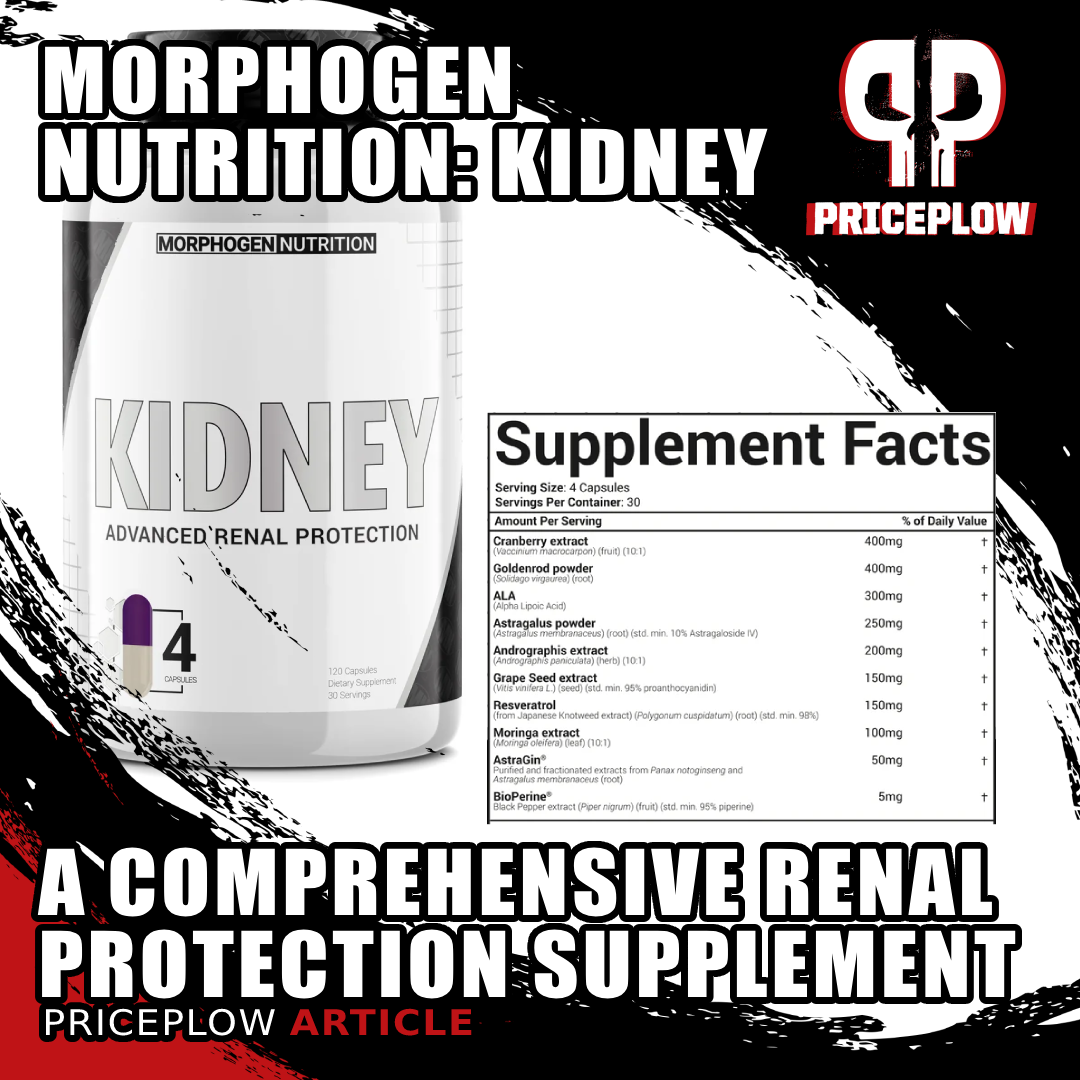
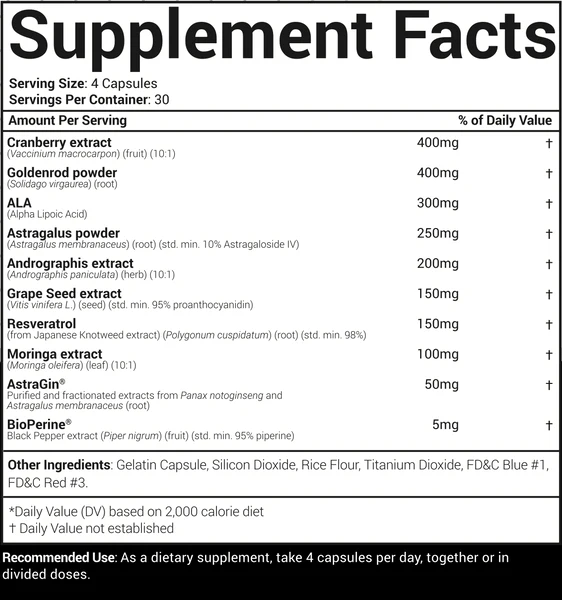
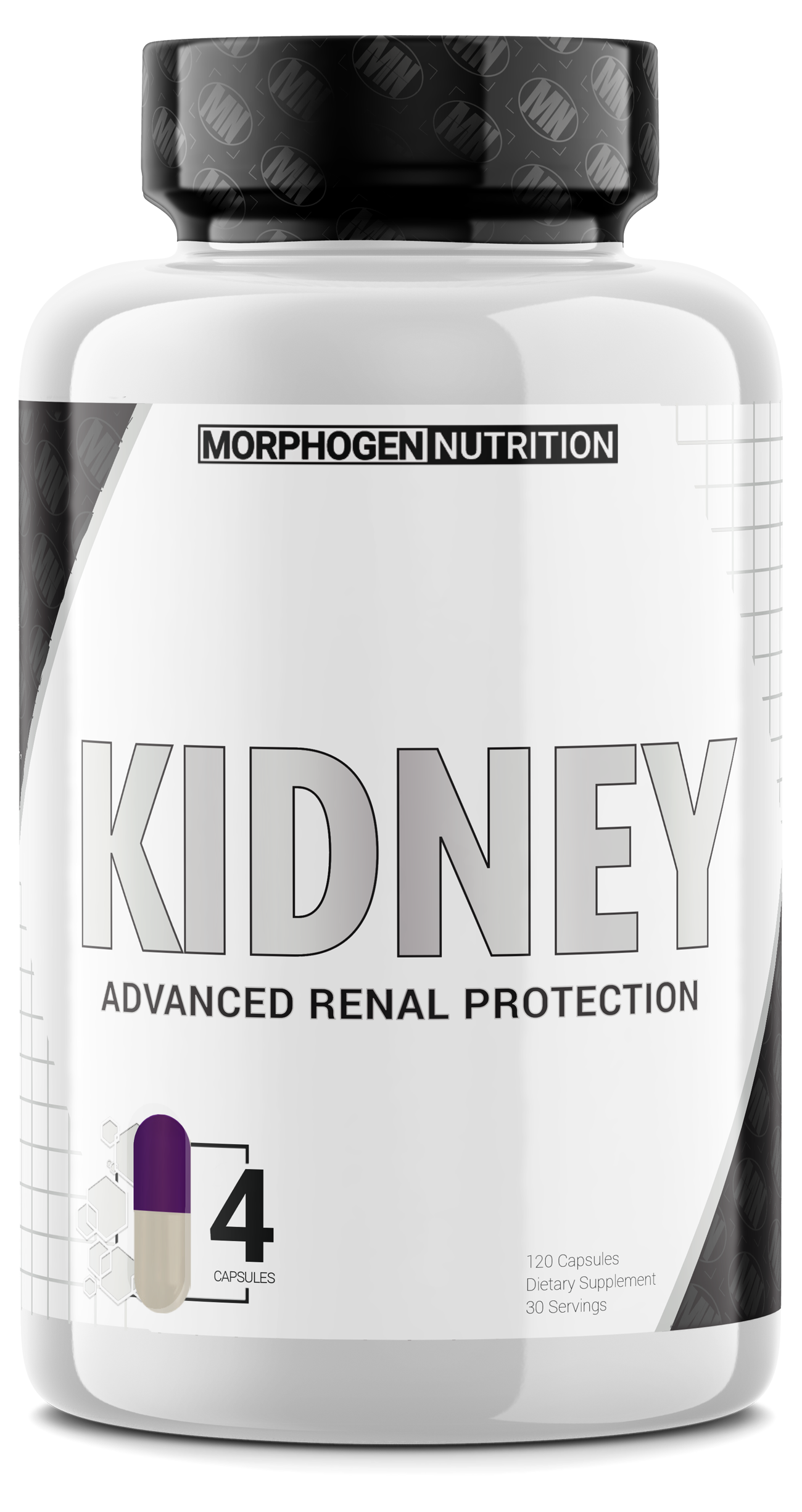
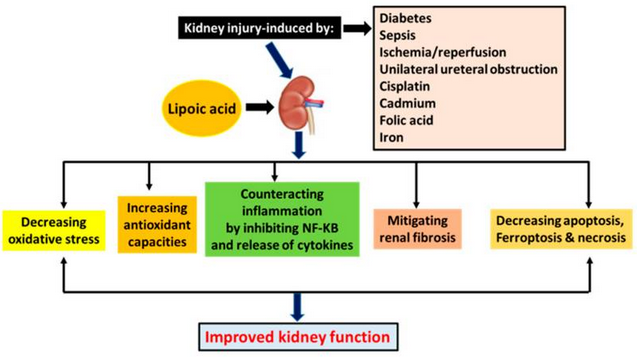
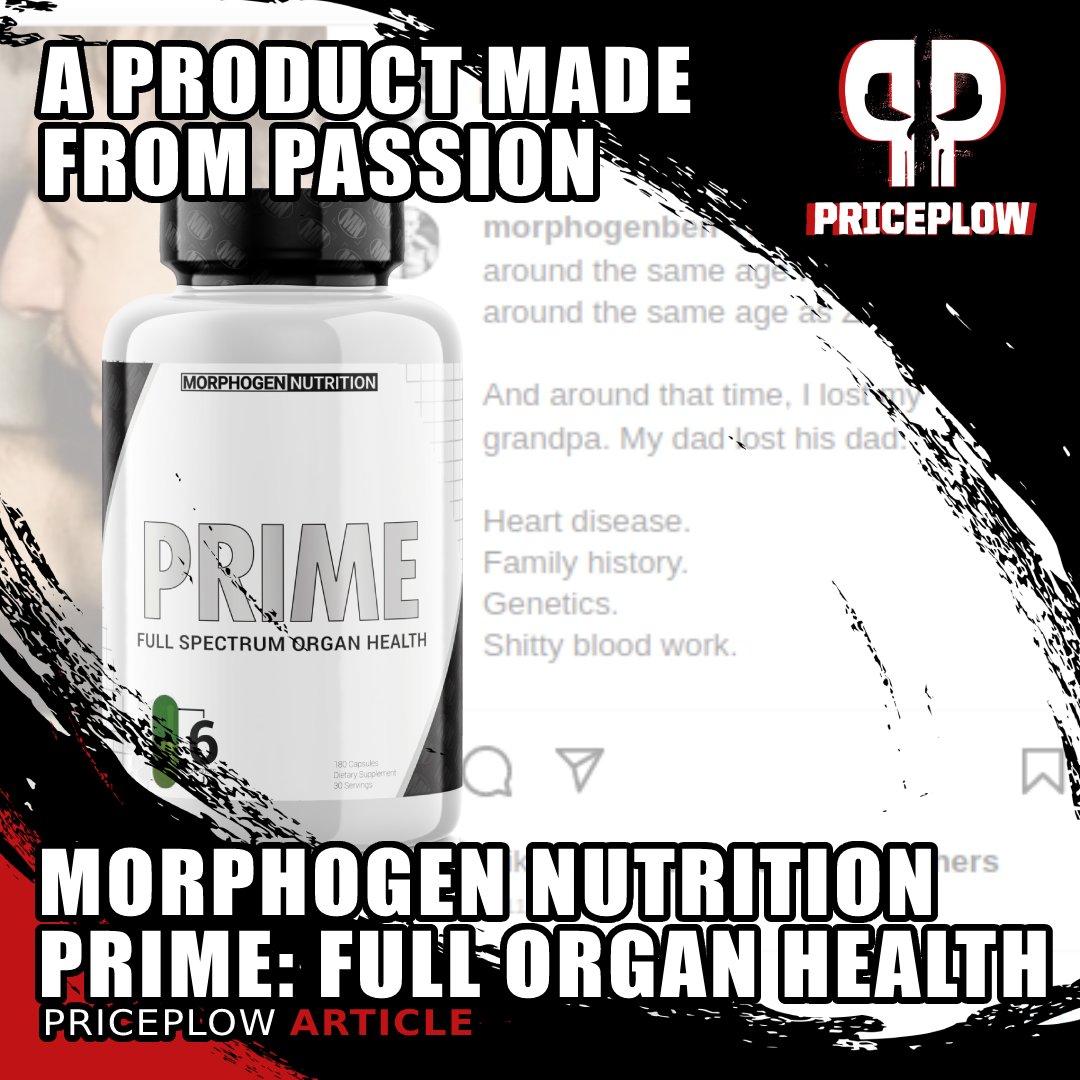
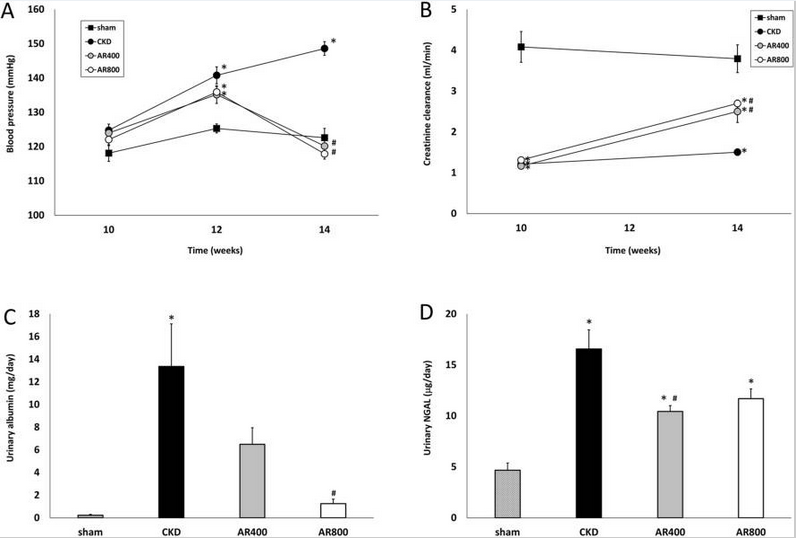


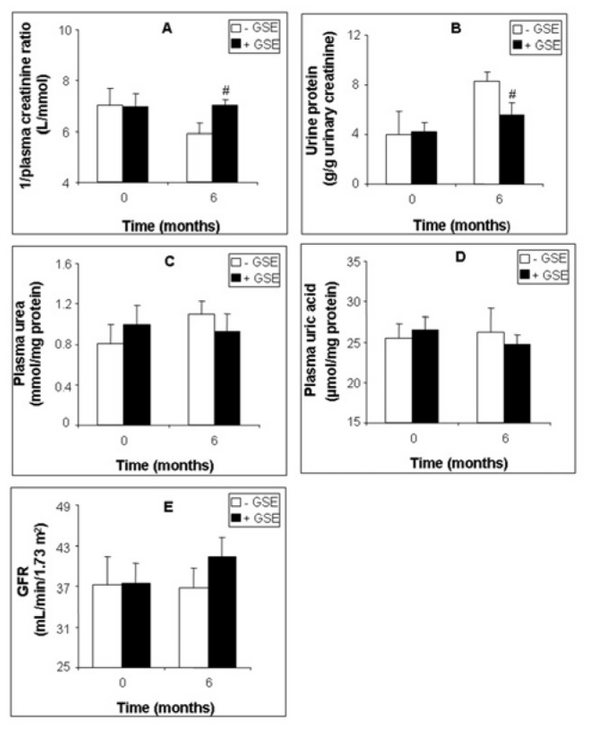
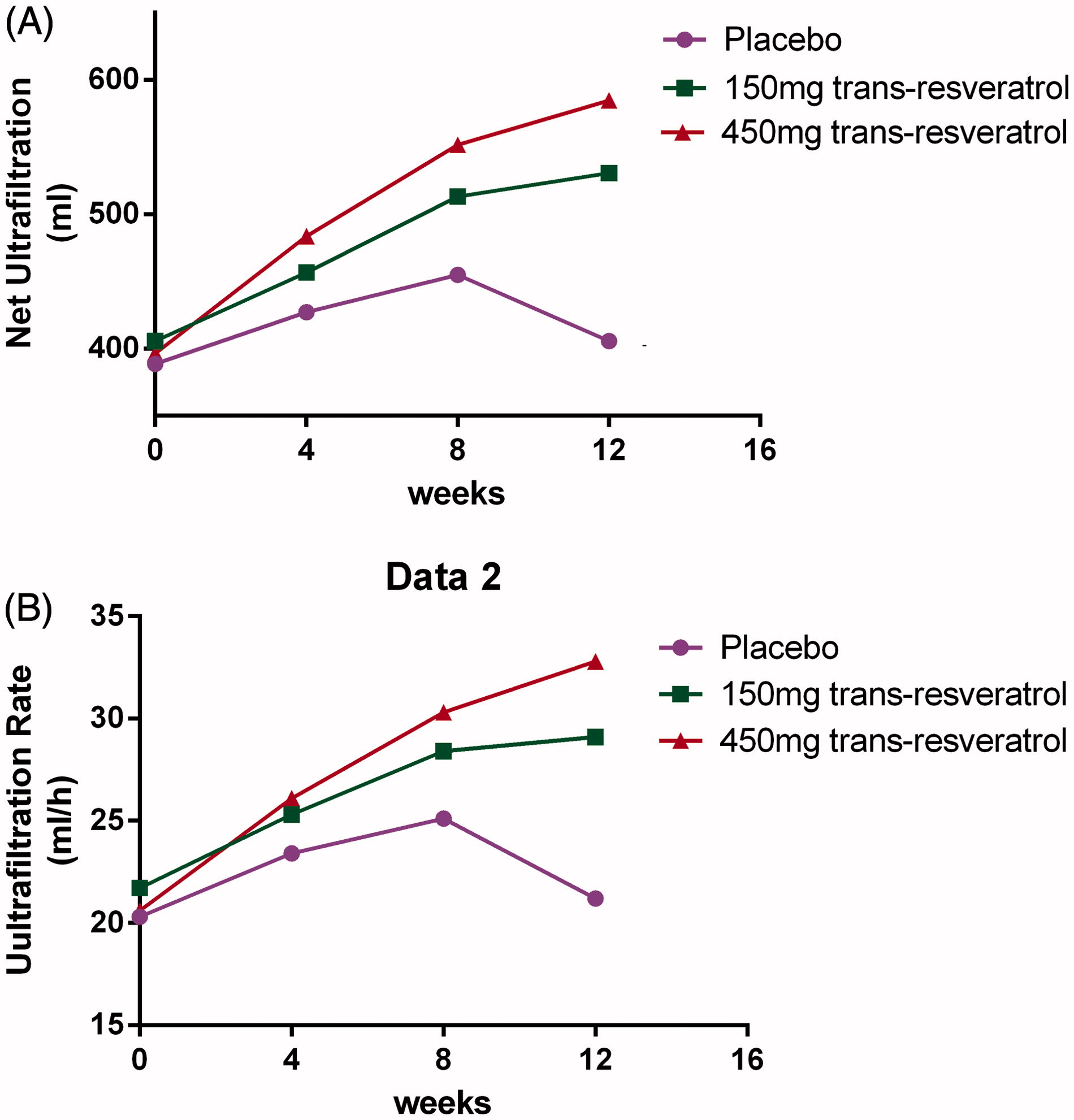

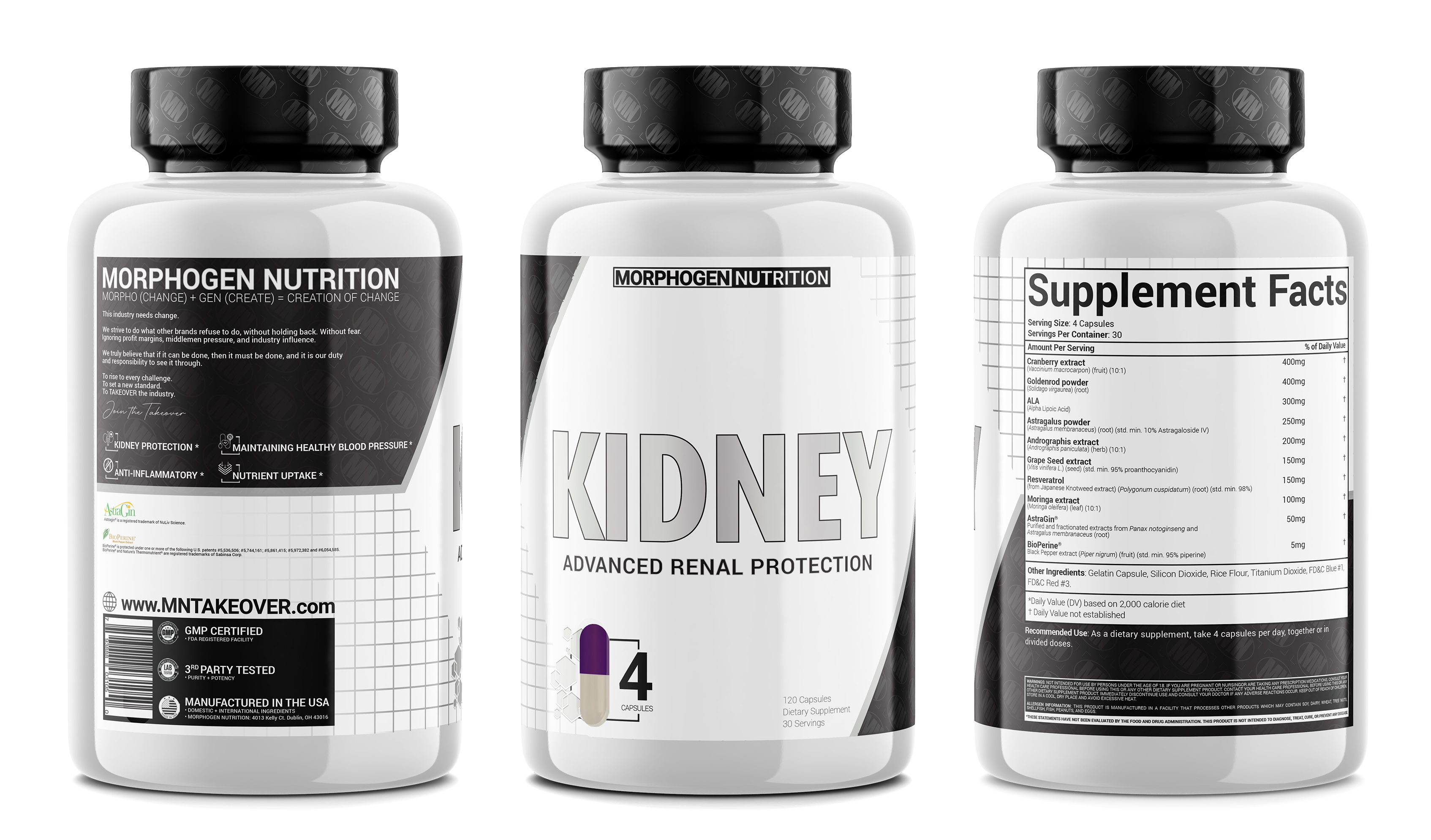
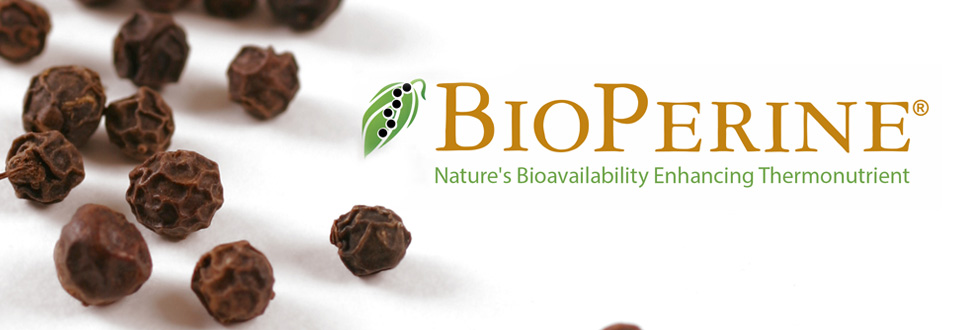
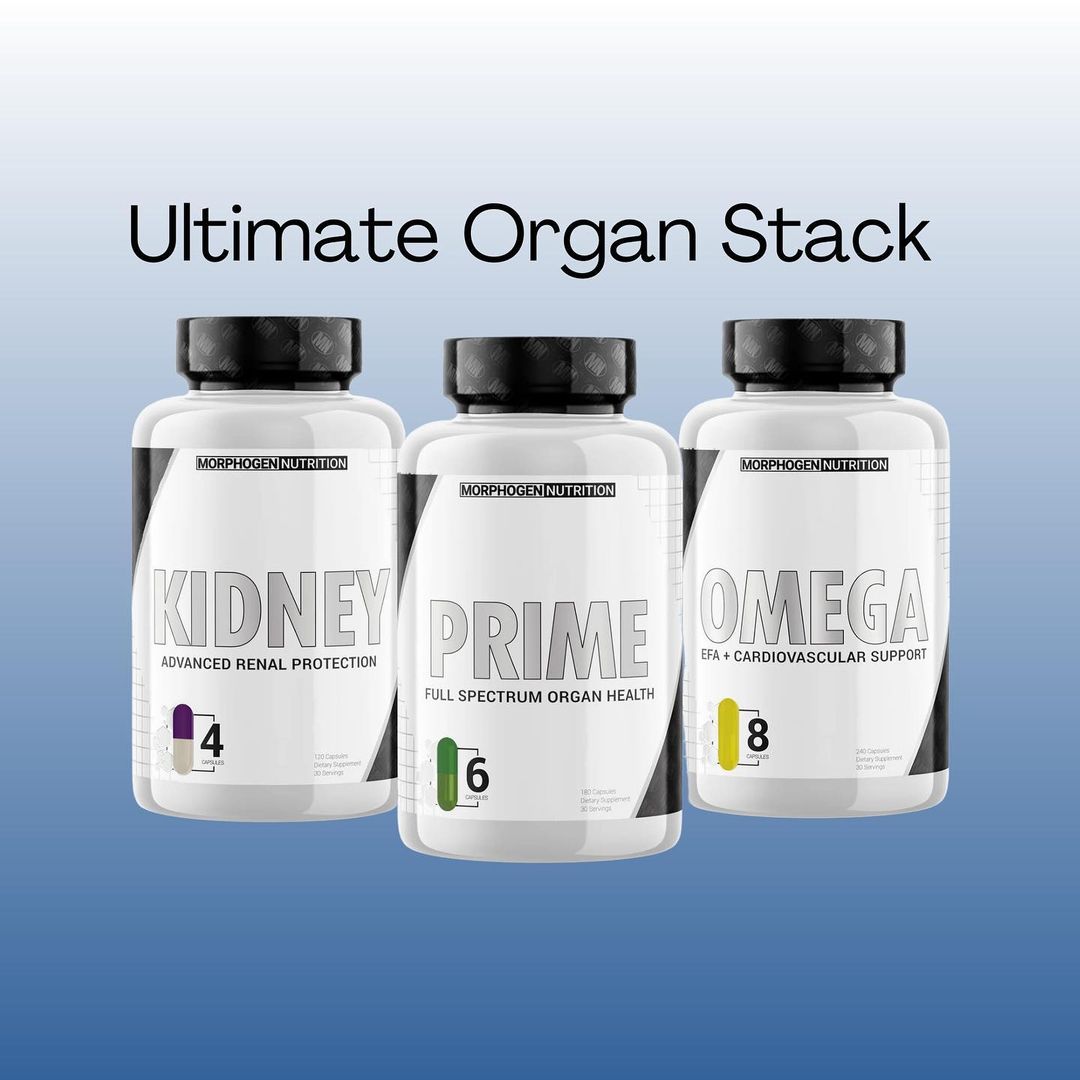


Comments and Discussion (Powered by the PricePlow Forum)